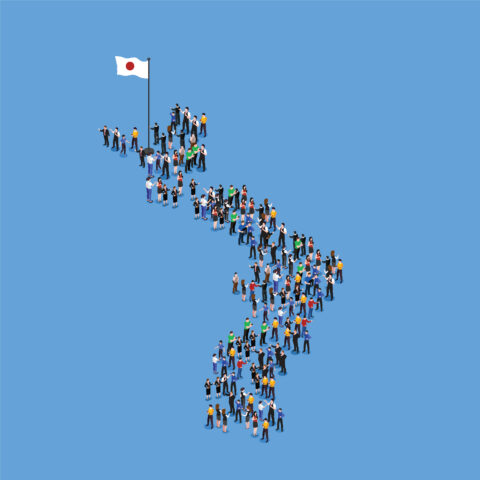
Mom-Dad Pay Gap Grows After First Child
Moms don’t need a research study to tell them that their earnings will never be high as dads’.
Nevertheless, a new study confirms this – and the pay gap may be larger than some suspect. In the two years surrounding the baby’s birth, mothers’ earnings fall by 12 percent, on average, as their careers stall or they take a hiatus from work to care for the child. Meanwhile, fathers’ careers clip along, with bonuses, pay raises, more hours, or better jobs bumping up their pay by 34 percent.
Mothers don’t get back to their pre-baby income levels until the child is 9 or 10 years old. The mom-dad wage gap will never be smaller than it was before the baby, because “the earnings of the male spouse do not undergo the initial shock” of childbirth, according to the U.S. Census Bureau researchers. They tracked wage changes starting in 1978, when baby boomer women were streaming into the labor force.
Their comparison of the husband-wife pay gap helps to overcome a big disadvantage of analyzing the popularized version of the gap: women earn 82 cents for every dollar a man earns. This headline statistic applies to all men and all women.
It’s neater to compare spouses, because both of them experience the baby bump at the same time, allowing estimates of the changes in each one’s earnings during the same time period and life circumstances. Just as important, husbands and wives usually bring to a marriage similar levels of education, the major determinant of earnings throughout workers’ lives.
The big issue in this study, however, is that data limitations prevented the researchers from controlling for the hours each spouse works after the baby’s birth. There are several potential explanations for mothers’ smaller paychecks but reduced hours are a major reason.
Maternity leave can be the start of several years of part-time employment at lower pay or even a hiatus from work for childrearing. If new mothers do return to the labor force fairly quickly, prioritizing the child can mean a job with less responsibility and lower pay than they earned in the past.
The increasing pay gap illuminates the financial sacrifices that moms make. Here are other findings in the study:
- Each new baby puts women further behind their husbands.
- The pay gap doesn’t grow as much in lower-earning households as it does for high earners. When a low-income family is already barely able to maintain its standard of living, the wife may not be able to cut back much on her hours – or at all.
- The good news is that women who had babies in the 1990s closed the pay gap much faster than 1980s mothers. By the 1990s, more women were having children later in life and having established careers can protect their earnings.
Indeed, the women who suffered the biggest earnings shocks had their first baby between ages 25 and 35, which is the period when workers’ earnings see the steepest increases.
While women never regret having a child, they do pay a price.
Squared Away writer Kim Blanton invites you to follow us on Twitter @SquaredAwayBC. To stay current on ourblog, please join our free email list. You’ll receive just one email each week – with links to the two new posts for that week – when you sign up here.






